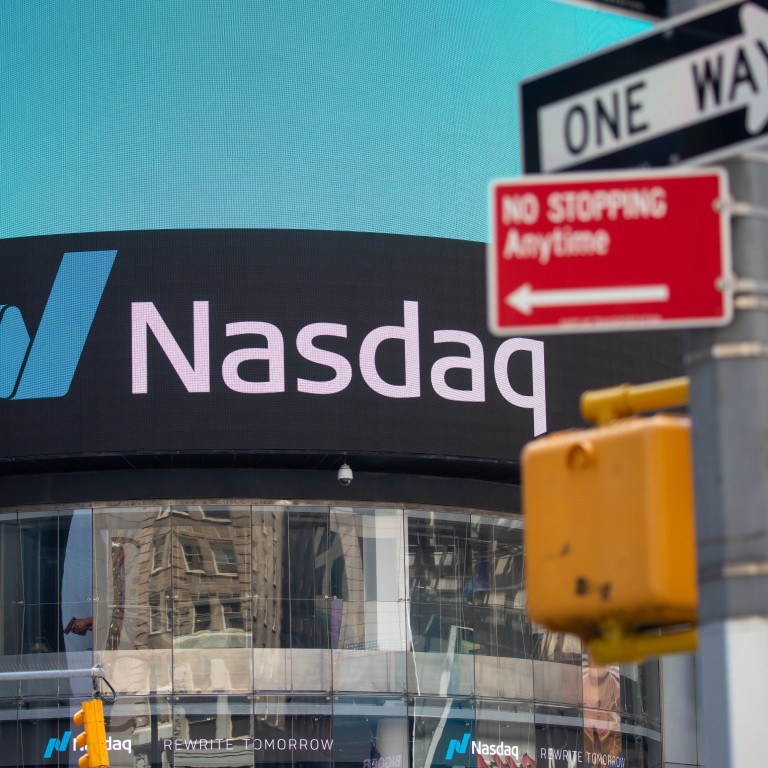
Coronavirus recovery: why the market rally makes perfect sense – but is likely to end in tears
- Arguments that the rally in stocks is unjustified and built on weak foundations do not hold water, given the extraordinary measures taken around the world
- The biggest risk is not that investors are complacent or irrational but, rather, the wave of global liquidity that is driving asset prices
How is it possible, many financial commentators and investors ask, that the S&P 500 has gained 51 per cent since March 23 in the face of the most severe global recession since the Great Depression and a deadly pathogen that has infected a further 7 million people in the past month alone, many of them in America?
This argument, though understandable given the devastation wrought by Covid-19, does not hold water when the extraordinary measures from the world’s leading central banks and governments are taken into account. Not only have policymakers acted more aggressively than during the 2008 financial crisis, they have provided investors with a firm pledge that policy will remain ultra-loose indefinitely.

05:02
Coronavirus backlash further fraying China’s ties to global economy
However, it is not just the unprecedented support by central banks, led by the Federal Reserve, that give the lie to the view that markets are behaving irrationally. Many of the sectors one would expect to suffer the most from a pandemic have been crushed. A gauge of airline stocks listed on the S&P 500 is down 47 per cent this year, while retail real estate investment trusts and casinos have lost 40 and 32 per cent respectively.
There is a strong case to be made that, far from being detached from reality, markets are reacting more sensibly than before the pandemic struck. Where there is more scope for disagreement is whether the plunge in real yields has run its course, with markets starting to price in a sharper rise in inflation expectations given the massive injections of liquidity in the financial system.
Zero interest rates, heavy debt will mark pandemic recovery
The Fed is acutely aware of these risks, making it unlikely it would allow markets to be destabilised by a spike in bond yields. On the contrary, it is much more likely to pin down yields – even if inflation overshoots its 2 per cent target – to support America’s recovery, keeping real yields in negative territory for the foreseeable future.
However, policymakers’ unprecedented actions in response to the pandemic will also make it harder for them to wean markets off the monetary morphine when the time comes to begin withdrawing support. The gradual removal of stimulus was difficult enough in the years following the 2008 financial crisis.

05:26
Chinese businesses still face grim economic reality despite Covid-19 restrictions being lifted
The biggest risk now is not that investors are complacent or irrational. It is that the wave of global liquidity driving asset prices is storing up trouble for markets.
Nicholas Spiro is a partner at Lauressa Advisory

